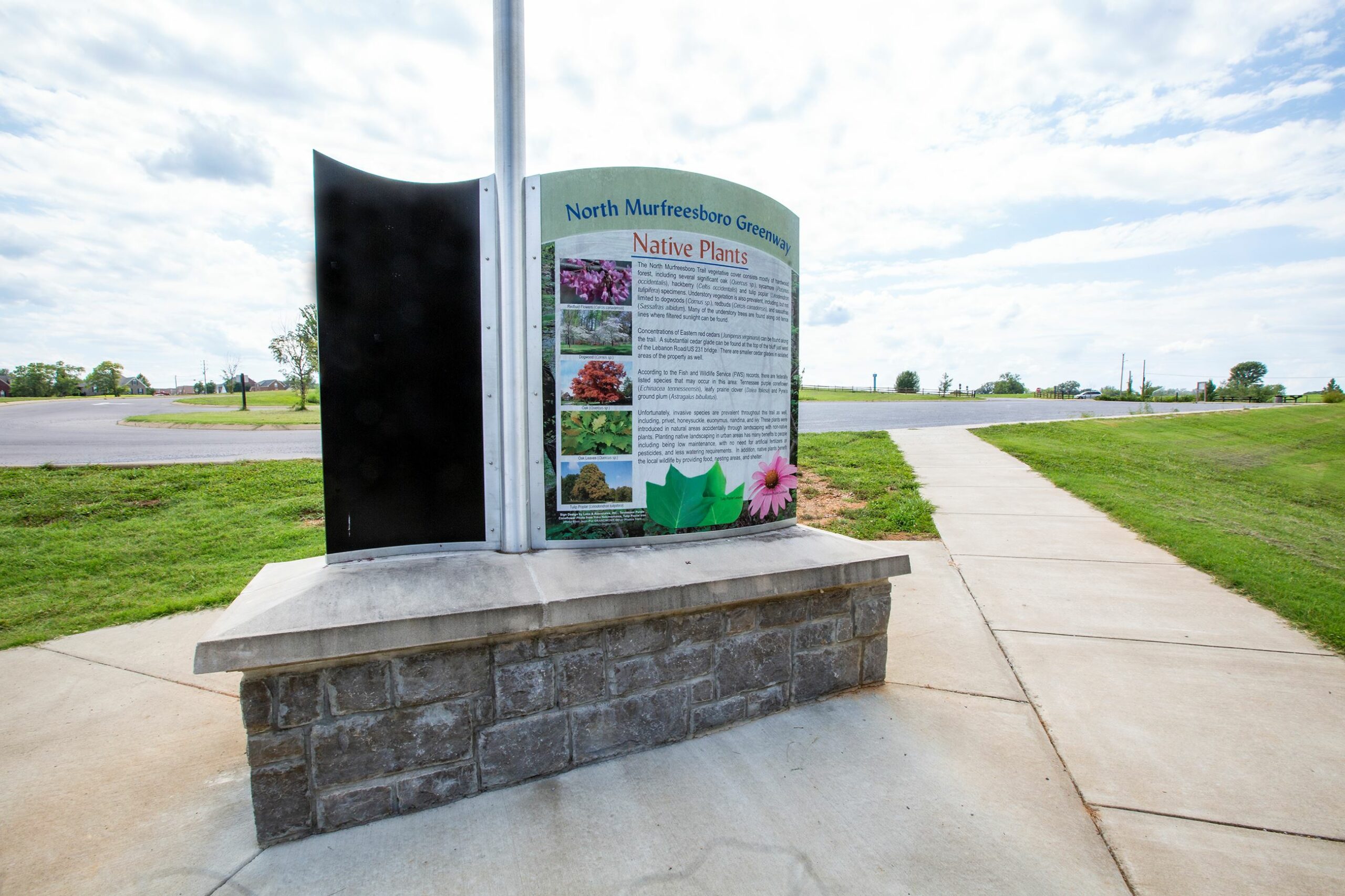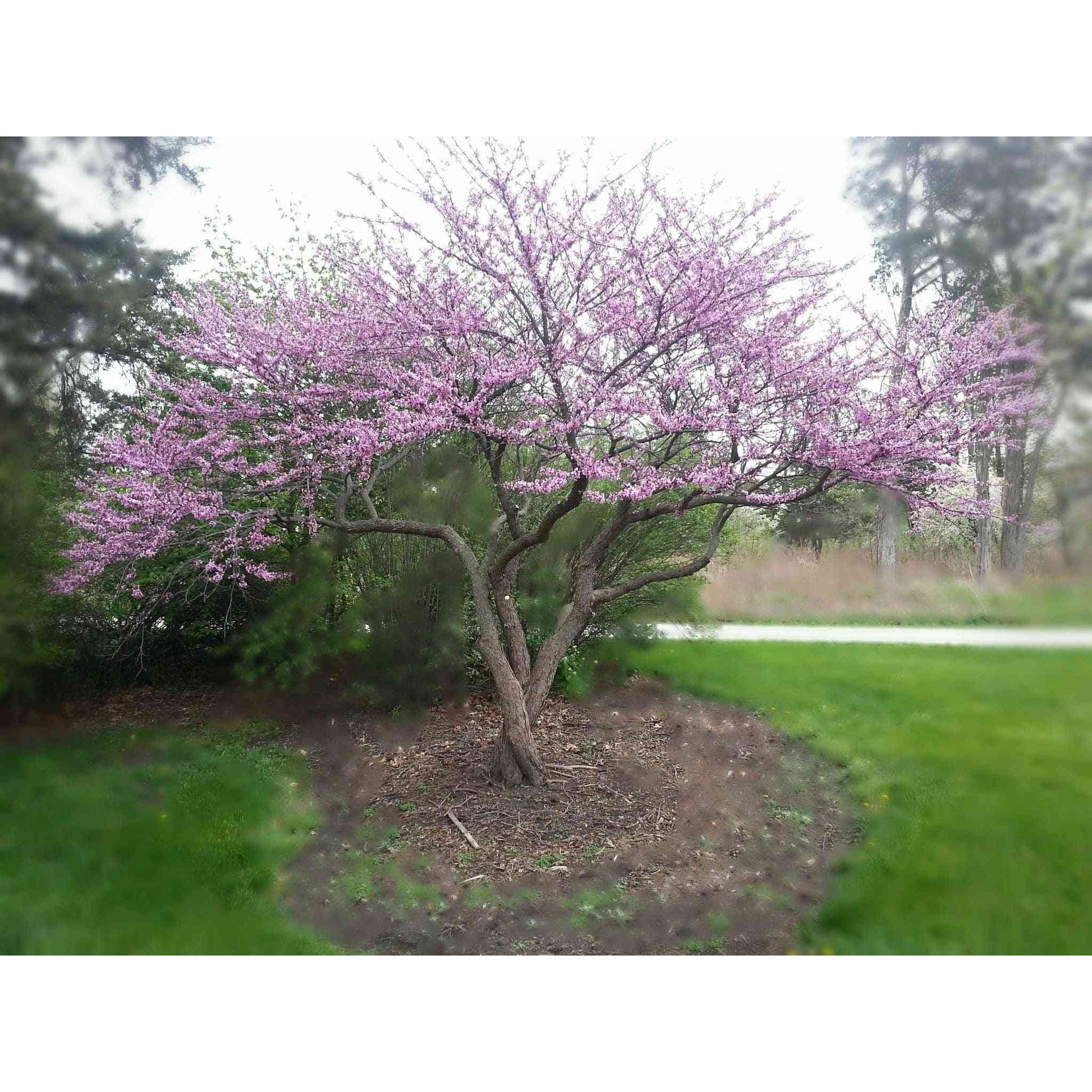
Redbuds in Landscaping And Naturalized Areas: A Vibrant Choice
Redbuds are versatile trees ideal for landscaping and naturalized areas, providing vibrant spring blooms and heart-shaped leaves. These trees adapt well to various soil types and climates.
Redbuds, also known as Cercis canadensis, are popular choices for enhancing gardens and public spaces. They burst into colorful blooms in early spring, attracting pollinators like bees and butterflies. Their heart-shaped leaves provide shade and visual interest throughout the growing season.
Redbuds thrive in different soil conditions and require minimal maintenance, making them a favorite among landscapers and homeowners. Their ability to adapt to urban and naturalized settings adds to their appeal. Planting redbuds can significantly enhance the aesthetic and ecological value of any area.

Credit: en.wikipedia.org
Introduction To Redbuds
Redbuds are small trees with stunning pink blossoms. They are perfect for landscaping and naturalized areas. These trees bloom in early spring. Their heart-shaped leaves add charm to any space.
Importance In Landscaping
Redbuds are highly valued in landscaping. Their vibrant flowers create a focal point in gardens. They provide color before many other plants bloom. Redbuds also offer shade in the summer. Their small size makes them ideal for urban spaces.
Naturalized Areas Benefits
Redbuds thrive in naturalized areas. They attract bees and butterflies. This helps support local ecosystems. Redbuds are also low-maintenance. They require little pruning and watering. Their deep roots help prevent soil erosion.
| Feature | Benefit |
|---|---|
| Early Bloom | Provides early spring color |
| Heart-shaped Leaves | Adds aesthetic charm |
| Attracts Pollinators | Supports local ecosystems |
| Low Maintenance | Requires little care |

Credit: naturalcommunities.net
Varieties Of Redbuds
Redbuds are stunning trees that enhance any landscape. They come in various types, each with unique features. This section explores two popular varieties: the Eastern Redbud and the Mexican Redbud.
Eastern Redbud
The Eastern Redbud is known for its vibrant pink flowers. It blooms in early spring, adding color to gardens. This type grows up to 30 feet tall, making it ideal for small and large yards.
- Scientific Name: Cercis canadensis
- Height: 20-30 feet
- Spread: 25-35 feet
- Hardiness Zones: 4-9
The leaves of the Eastern Redbud are heart-shaped. They turn a lovely yellow in the fall. This tree prefers well-drained soil and full sun to partial shade.
Mexican Redbud
The Mexican Redbud is smaller than the Eastern variety. It features dark pink flowers and a more compact growth habit. This type is perfect for xeriscaping and drought-prone areas.
- Scientific Name: Cercis canadensis var. mexicana
- Height: 10-15 feet
- Spread: 12-15 feet
- Hardiness Zones: 6-9
The leaves of the Mexican Redbud are smaller and more rounded. This tree thrives in rocky and alkaline soils. It also prefers full sun but can tolerate some shade.
Planting Redbuds
Redbuds are a stunning addition to any garden or naturalized area. They bring vibrant color and a touch of elegance. Planting them correctly ensures they thrive and beautify your space for years.
Site Selection
Choosing the right site is crucial for redbud trees. They need a spot with partial shade or full sun. Ensure they get at least four hours of sunlight daily. Avoid areas prone to strong winds.
Redbuds prefer sheltered locations. Place them near larger trees or buildings for protection. This helps them grow stronger and healthier.
Soil Requirements
Redbuds thrive in well-drained soil. They dislike waterlogged areas. Ensure the soil has good drainage. Sandy or loamy soils are ideal for redbuds.
Test the soil pH before planting. Redbuds prefer slightly acidic to neutral pH levels, ranging from 6.0 to 7.5. Adjust the soil pH if needed to match these levels.
Adding organic matter improves soil quality. Mix compost or well-rotted manure into the planting area. This provides essential nutrients and enhances soil structure.
| Soil Type | Preference |
|---|---|
| Sandy | Good |
| Loamy | Excellent |
| Clayey | Not Ideal |
By following these guidelines, your redbuds will flourish. They will add beauty and charm to your landscaping and naturalized areas.
Caring For Redbuds
Redbuds are beautiful and hardy trees. They add vibrant colors to any landscape. Proper care ensures they thrive and grow healthy. This section covers essential tips for maintaining your Redbuds.
Watering Needs
Redbuds need adequate water to thrive. Water young trees regularly. They need more water during dry spells. Ensure the soil is moist but not waterlogged. Mature trees need less frequent watering. Water deeply once a week during dry periods.
| Tree Age | Watering Frequency |
|---|---|
| Young Trees | Regularly, especially in dry spells |
| Mature Trees | Once a week in dry periods |
Pruning Tips
Pruning helps Redbuds maintain a healthy shape. Prune in late winter or early spring. Remove dead or diseased branches first. Trim crossing or rubbing branches. This prevents damage and disease. Use clean and sharp pruning tools.
- Prune in late winter or early spring.
- Remove dead or diseased branches first.
- Trim crossing or rubbing branches.
- Use clean and sharp pruning tools.
Seasonal Interest
Redbuds offer incredible seasonal interest throughout the year. Their vibrant blooms and foliage captivate every season. Whether in spring or fall, redbuds enhance any landscape. Discover how these beautiful trees add seasonal charm.
Spring Blooms
In spring, redbuds burst with striking pink flowers. These blooms appear before the leaves. The flowers cover the branches, creating a stunning display. This early bloom attracts bees and butterflies.
Redbud flowers last for weeks, adding color to your garden. Their vibrant pink hue stands out. They look great with other spring plants.
Fall Foliage
Redbuds also shine in fall. Their leaves turn a warm yellow. This golden color adds warmth to autumn landscapes. The foliage creates a striking contrast with other fall colors.
As the season progresses, redbud leaves drop gracefully. This provides a natural mulch for your garden. The fallen leaves enrich the soil, benefiting nearby plants.
| Season | Feature |
|---|---|
| Spring | Pink Blooms |
| Fall | Yellow Foliage |
Redbuds In Urban Landscapes
Redbuds are perfect for urban landscapes. They bring color and beauty to city areas. These trees are hardy and adaptable. They thrive in various conditions. This makes them ideal for street plantings and public spaces.
Street Plantings
Street plantings benefit greatly from Redbuds. They provide shade and beauty. Their vibrant blooms attract attention. This makes streets more welcoming. The trees are also low-maintenance. This reduces costs for city care.
- Shade: Redbuds provide cooling shade in hot city streets.
- Beauty: Their pink and purple flowers create stunning visuals.
- Low-maintenance: They require minimal care and pruning.
Public Spaces
Public spaces benefit immensely from Redbuds. Parks and plazas look vibrant with these trees. They offer a natural touch in concrete jungles. People enjoy the beauty and shade they provide.
| Benefit | Description |
|---|---|
| Visual Appeal | Redbuds add colorful blooms to public areas. |
| Shade | They offer cool resting spots for visitors. |
| Low Maintenance | These trees require little upkeep, saving resources. |
Wildlife Attraction
Redbuds are a fantastic choice for landscaping and naturalized areas. They attract a variety of wildlife. These beautiful trees provide essential resources for many creatures. Redbuds offer food, shelter, and nesting sites.
Pollinators
Redbud trees are magnets for pollinators. Their bright pink flowers bloom in early spring. This timing is crucial for pollinators. Bees, butterflies, and other insects flock to the flowers. They gather nectar and pollen, helping the ecosystem.
- Bees: Essential for pollination.
- Butterflies: Add beauty and aid in pollination.
- Other Insects: Various species visit for nectar.
Habitat Value
Redbuds offer significant habitat value for wildlife. Their dense foliage provides shelter. Many birds use redbuds for nesting. Small mammals also benefit from the cover.
Redbuds produce seed pods that feed wildlife. Birds and small animals eat the seeds. These trees support biodiversity in your garden.
| Wildlife | Resource Provided |
|---|---|
| Birds | Nesting Sites |
| Small Mammals | Shelter |
| Insects | Nectar |
Planting redbuds enriches your landscape. They attract and support diverse wildlife.
Design Ideas
Redbuds are a beautiful addition to any landscape. Their vibrant colors and unique shapes make them perfect for various design ideas. This section will explore some creative ways to use redbuds in your garden.
Garden Pairings
Redbuds pair well with many other plants. Consider these combinations for a harmonious garden:
- Hostas: Their lush green leaves contrast beautifully with redbud flowers.
- Ferns: These add texture and a woodland feel to your garden.
- Azaleas: Their blooms complement the redbud’s colors perfectly.
Using these pairings can create a balanced and stunning garden. Each plant enhances the redbud’s natural beauty.
Color Schemes
Choosing the right color scheme is crucial. Here are some ideas:
| Color Scheme | Description |
|---|---|
| Monochromatic | Use shades of pink and purple for a cohesive look. |
| Complementary | Pair redbuds with yellow or orange flowers for contrast. |
| Analogous | Combine redbuds with blue and violet plants for harmony. |
These color schemes can guide your plant choices. They ensure your garden looks thoughtfully designed.
Challenges And Solutions
Redbuds are charming trees that enhance landscaping and naturalized areas. Despite their beauty, they come with certain challenges. Addressing these challenges ensures healthy, vibrant Redbuds.
Pest Management
Redbuds attract various pests, which can damage their health. Common pests include caterpillars, borers, and aphids. Caterpillars chew on leaves, leaving holes. Borers tunnel into the wood, weakening the tree. Aphids suck sap, causing leaves to curl.
To manage pests effectively, consider these solutions:
- Use insecticidal soaps for aphids.
- Introduce beneficial insects like ladybugs.
- Apply organic pesticides for caterpillars.
- Prune infested branches to remove borers.
Disease Prevention
Redbuds can suffer from various diseases, affecting their growth. Common diseases include Canker and Verticillium Wilt. Canker causes branch dieback. Verticillium Wilt leads to leaf yellowing and wilting.
Preventing these diseases involves simple steps:
- Ensure proper watering and drainage.
- Remove and destroy infected branches.
- Apply fungicides for Canker.
- Choose resistant varieties of Redbuds.
| Challenge | Solution |
|---|---|
| Caterpillars | Use organic pesticides |
| Borers | Prune infested branches |
| Aphids | Use insecticidal soaps |
| Canker | Apply fungicides |
| Verticillium Wilt | Choose resistant varieties |

Credit: www.a2gov.org
Frequently Asked Questions
What Are The Pros And Cons Of Redbud Trees?
Redbud trees offer vibrant spring blooms and attract pollinators. They are low-maintenance and adaptable. Cons include susceptibility to diseases and a relatively short lifespan.
Are Red Bud Trees Considered Invasive?
Red bud trees are not considered invasive. They are native to North America and grow well in many regions.
How Far Should Redbud Be From House?
Plant redbud trees at least 15-20 feet away from the house. This prevents root and branch interference.
Where Is The Best Place To Plant A Redbud Tree?
The best place to plant a redbud tree is in well-drained soil with partial shade. Ensure it gets morning sun. Avoid areas with strong winds.
Conclusion
Redbuds offer vibrant color and versatility to any landscape. Their low maintenance makes them ideal for naturalized areas. Enhance your garden with these beautiful trees. They attract wildlife, adding to their charm. Plant redbuds to enjoy their stunning blooms and benefits.
Your landscape will thrive with their presence.

